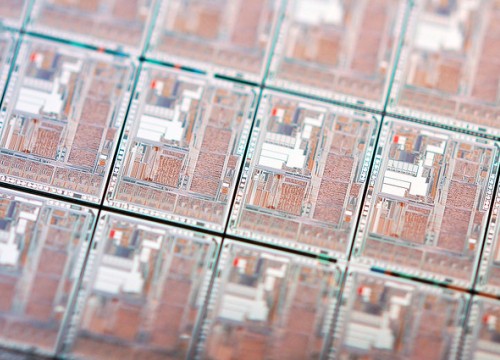
Researchers have conceptualized a strategy to harness low frequency vibrations as an infinite power source for miniature electronic devices.
Asian Scientist (Feb. 12, 2014) – Battery replacement may soon be a thing of the past, thanks to a breakthrough that may allow miniature electronic devices to harvest electricity from low frequency vibrations, the most abundant and ubiquitous energy source in the surroundings.
The energy harvester, developed by researchers at Singapore’s Institute of Microelectronics (IME), has the ability to continuously convert the vibrations – across a wide frequency range in different environments – into electricity. This breakthrough presents a green, economical and sustainable long-term solution to eliminate the manual re-charging or replacement of power sources in miniature devices.
The aluminium nitride-based energy harvester developed by the researchers has a record-high power density that is capable of generating electricity equivalent to three commercial implantable batteries over a 10-year period. As an inexorable power supply, the remarkable power density feature translates into massive savings as costs and logistics associated with power source servicing will no longer be relevant.
Energy is also harvested from vibrations in the frequency range of 10 – 100 Hz. This wide sampling frequency overcomes a key limitation of most current energy harvesters which are designed to operate at only one frequency. It is thus able to better harness real-world vibrational sources which may have irregular and random vibrations.
Professor Dim-Lee Kwong, Executive Director of IME, said, “This breakthrough presents tremendous opportunities to realize a practical, sustainable and efficient energy renewal model with attractive small-form factor, low cost solution for a wide range of applications from implantable medical devices, wireless communication and sensor networks, to other mobile electronics that enable future mobile society.”

No comments:
Post a Comment